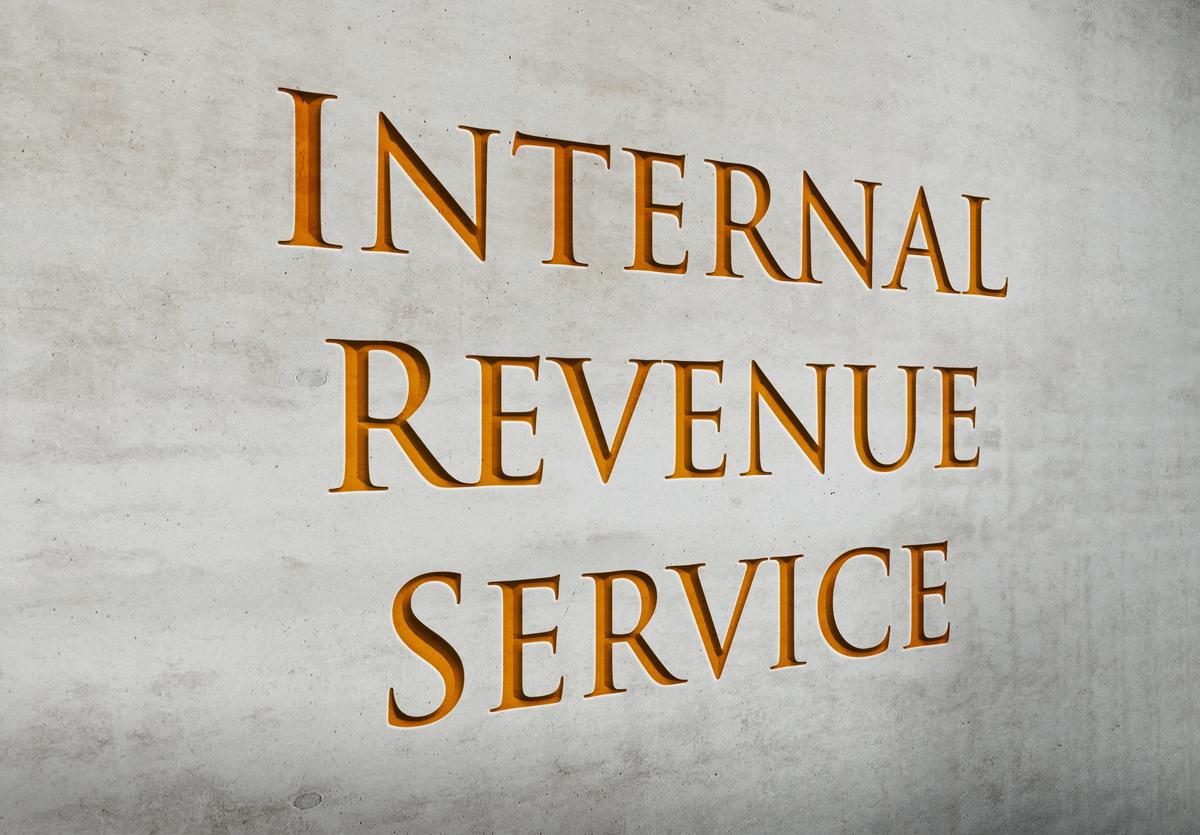By Mike D’Avolio, CPA, JD.
The Inflation Reduction Act of 2022 was signed into law Aug. 16, 2022, and provides numerous tax deductions and tax credits for individuals, families, and businesses. New tax incentives were added, and existing tax incentives were extended and enhanced. Now your individual clients can save money on their tax returns and conserve energy to help out the environment through tax credits for new clean vehicles and previously owned clean vehicles.
Credit for new clean vehicles
If purchasing a new electric vehicle after Aug. 16, 2022, final assembly must take place in North America to qualify. To check, enter your Vehicle Identification Number (VIN) into the VIN decoder here. Note that as of Jan. 1, 2023, the manufacturer limitation goes away.
Under the new rules, the amount of the credit will be based on two separate requirements:
- For electric vehicles placed in service after Dec 31, 2022 until Dec 31, 2032, taxpayers get a $3,750 credit for meeting the critical minerals requirement. A minimum percentage of the minerals contained in a battery must be sourced in the United States or a country with a free trade agreement.
- Taxpayers can also get a $3,750 credit for satisfying a battery component requirement. A minimum percentage of value of components of the battery must be manufactured or assembled in North America.
- The total potential credit is $7,500.
Under prior law, the base amount of the electric vehicle credit was $2,500 per vehicle, and the credit increased to $7,500 per vehicle based on a formula.
Effective Jan. 1, 2023, the credit will also be available for new qualified fuel cell motor vehicles. This covers vehicles propelled by power derived from one or more cells that convert chemical energy directly into electricity by combining oxygen with hydrogen fuel. You can qualify for either a $3,750 or $7,500 credit based on whether you satisfy the above requirements.
Starting on Jan. 1, 2023, you cannot take the credit if your Modified Adjusted Gross Income (AGI) exceeds these threshold amounts:
- $300,000 for the Married Filing Jointly or Qualified Widow(er) filing statuses.
- $225,000 for the Head of Household filing status.
- $150,000 for the Single or Married Filing Separately filing statuses.
This AGI limitation component will negate this credit for high income earners, so make sure clients consider this when making a purchase.
Starting on Jan. 1, 2023, vehicles will not be eligible for the credit if the vehicle’s MSRP exceeds:
- $80,000 for vans, pickup trucks, and sport utility vehicles; or
- $55,000 for other vehicles.
Credit for previously owned clean vehicles
If you acquire and place in service a previously owned clean vehicle after 2022, you’re allowed an income tax credit equal to the lesser of $4,000 or 30% of the vehicle’s sales price.
No credit is allowed if the lesser of your modified AGI in the year of purchase or the preceding year exceeds:
- $150,000 for the Married Filing Jointly or Qualifying Widow(er) filing statuses.
- $112,500 for the Head of Household filing status.
- $75,000 for the Single or Married Filing Separately filing statuses.
The maximum price per vehicle is $25,000 and the model year must be at least two years earlier than the calendar year in which the taxpayer acquires it. Finally, the original use must commence with a person other than the taxpayer.
Planning tips
- The new and used clean vehicle credits are nonrefundable, meaning car buyers need to have a tax liability to get any value from the tax breaks. This presents an opportunity to guide your clients on whether they qualify for the credit and how much the benefit is.
- Starting in 2024, a new mechanism will kick in for new and used cars, in which buyers can transfer their tax credits to dealers. This would allow dealers to turn the tax break into a point-of-sale discount for consumers instead of a benefit that can only be claimed when filing an annual tax return. The IRS plans to issue additional guidance about this transfer provision.
- You can find the complete list of vehicles qualifying for the credit here.
- Look at any possible state and/or local tax incentives to determine the full benefit for your clients.
- This tax credit is available for leased electric vehicles. However, the credit belongs to the lessor, but not the lessee. So any savings you receive would have to be in the form of a rebate or a reduced lease price.
- If you’re in the market for an EV home charger, the Inflation Reduction Act revives a credit for electric vehicle chargers that expired two years ago. The Alternative Fuel Refueling Property tax credit is extended for 10 years through Dec. 31, 2032.
Resources
- 2023 Tax Season and Advisory Readiness virtual conference, Jan. 10-11, 2024
- Form 8936
- Form 8936 Instructions
- Draft Schedule A
- Electric Vehicles with Final Assembly in North America
- IRS: Used Clean Vehicle Credit
- IRS Clean Vehicle Credit Reference Chart (sums up the requirements and limitations for new and used clean vehicles that you can share with your clients)
- IRS Clean Vehicle Credits Toolkit (resources and quick references to increase awareness about the credits)
- Credits and deductions under the Inflation Reduction Act of 2022
- Credits for New Electric Vehicles Purchased in 2022 or Before
- Intuit Tax Advisor
====
Mike D’Avolio, CPA, JD, is a tax law specialist for Intuit® ProConnect™ Group, where he has worked since 1987. He monitors legislative and regulatory activity, serves as a government liaison, circulates information to employees and customers, analyzes and tests software, trains employees and customers, and serves as a public relations representative.
Thanks for reading CPA Practice Advisor!
Subscribe Already registered? Log In
Need more information? Read the FAQs
Tags: Taxes





